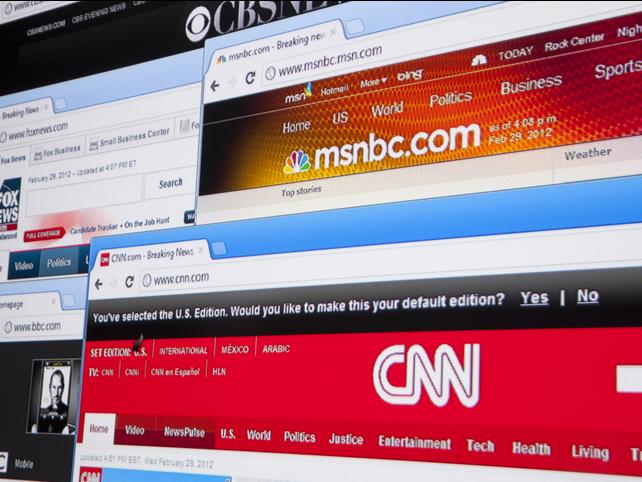
Spark social justice awareness in the classroom
In America, justice is a part of the fabric of our constitutional democracy. Social justice, however, requires an extra layer. It needs citizens to be aware of the equity afforded to them by the democracy.
Among the many sources explaining what social justice means in 2024 is this collection of definitions and terms from Connecticut College. Its four key goals of social justice are:
- Basic human rights for all
- Access to essentials without limits like gender, race or class
- Encouragement for everyone’s voice to be shared and heard
- Consideration of the effects of discrimination and efforts to rid those effects from society.
Notice the last two elements. Both of those factors require an understanding of both fair and equal treatment.
- Give students the tools to judge difficult materials in context
- Using the power of debate to enhance critical thinking
- Teaching students to think for themselves is not enough
Raising awareness opens new doors in general education humanities classes, as students across the disciplines gather there for first- and second-year college requirements. Educators of these courses can introduce the four tenets by asking students to add diverse internet sources to their research process. Requiring multiple perspectives on a single topic can reduce the silo effect of modern-day media, while giving students enhanced agency in selecting sources from their daily lives.
Introduce your students to a wide range of sources
For example, imagine you are teaching an online writing class. Students have chosen their own topics for research, and they share their process in a group discussion area.
To integrate social justice into your teaching, share data on the social justice aspects of their topics.
If one student is writing about voting rights, you might share data and links from government agencies on voter enrolment. You might also share links to recent news articles on key controversies in voter registration. And those media sources should be from a diverse range of sources. Perhaps share a story from CNN, FoxNews and CNBC to give a broad picture of perspectives.
Share your search terms with students. For the samples above, the terms were “voter registration in the United States” on the home page of all three networks. You may then invite students to input their own search terms into those three media outlets.
The following week, examine print resources, exploring free-access newspapers across the country, from New York to Florida to Texas to California. Explore the reports and statistics from those four markets in relation to your local media market or theirs.
Adding media sources for national and regional markets increases student awareness on social issues. They learn the variety of perspectives on social justice via the fourth estate. They can also compare those perspectives to the data collected by government agencies.
This data comparison creates a genuine group awareness on all student topics being researched. Social justice requires that enhanced awareness. But change happens when everyone is aware they can find and share data. Change happens when those voices are rewarded for finding and defining inequities in a trusted discourse community. That’s the role we can play as teachers. We can create and nurture that space with these research steps.
Your plan to include social justice practices with media may be as concise as this:
- Introduce your research question(s)
- Require students to explore their topics via the data of at least three government agencies
- Require students to explore their topics via the media coverage of at least three national television news agencies
- Require students to explore their topics via at least three regional print journalism sources.
These four steps give students a larger cultural perspective on their topics while increasing awareness of any inequities. The writing process in the class gives students the voice to speak about their new awareness – the circle of social justice growth is complete.
Raising awareness
Together, we can create a discourse community for our students in which discussions of social justice become a part of their individual projects. In my experience over the past year and a half with these methods, I have regularly found that once students get used to applying ideas of social justice, they are eager to keep the process going all term.
One challenge I did not expect was having to pause to explicate how to locate government agencies. Why would students know the names of these groups? But this reality had not occurred to me. We learned about them together when I shared two key ideas:
- Most government agencies have a web address ending in .gov
- Most government agencies can be found in a search engine by typing in the research topic and “US government agency”.
We started with government sources, as those resources are direct and evidence-based, not impacted by commercial sponsorship.
However, when we explored the news resources, tone and bias became huge topics of conversation, and I was struck by how many students were discussing the various biases for the first time. Maybe they had been aware, but they had never had a space for shared conversations with peers.
When students see the different opinions and tone taken, for example, by Fox and CNN and CNBC, they learn that exploring that diverse trilogy can offer diverse opinions on a topic – a real win for raising awareness for all voices in the social justice conversation. Teaching this one form of triangularisation can get rid of the limited views that today’s social media can encourage.
It’s not necessary to take a clean or clear stand on which policy or media sources are most valuable. Instead, those choices come from students who realise the diverse body of perspectives and information available on any topic in the culture. From these discoveries, we can guide students to build evidence-based arguments on paragraph plans like the MEAL plan or other methods that require them to generate their own main idea and analysis around cited data. And the hard work – the critical thinking – involved in generating these assignments through a social justice lens raises awareness of the tenets of the method.
And what is the difference between the search for justice and the search for social justice? Awareness – the awareness that discrimination exists and can be changed – and the awareness that everyone’s voice must be heard to accomplish that goal. As teachers, we can initiate that conversation with our students by layering multiple sources over their chosen research topics. As citizens, we can enjoy the fruits of where the critical thinking in our classrooms takes this next generation of leaders.
Stone Meredith teaches college-level composition, literature and philosophy courses at Colorado State University Global. She is the founder of the Clever Chicas Project, a not-for-profit movement celebrating ordinary women doing extraordinary things.
If you would like advice and insight from academics and university staff delivered direct to your inbox each week, sign up for the Campus newsletter.




